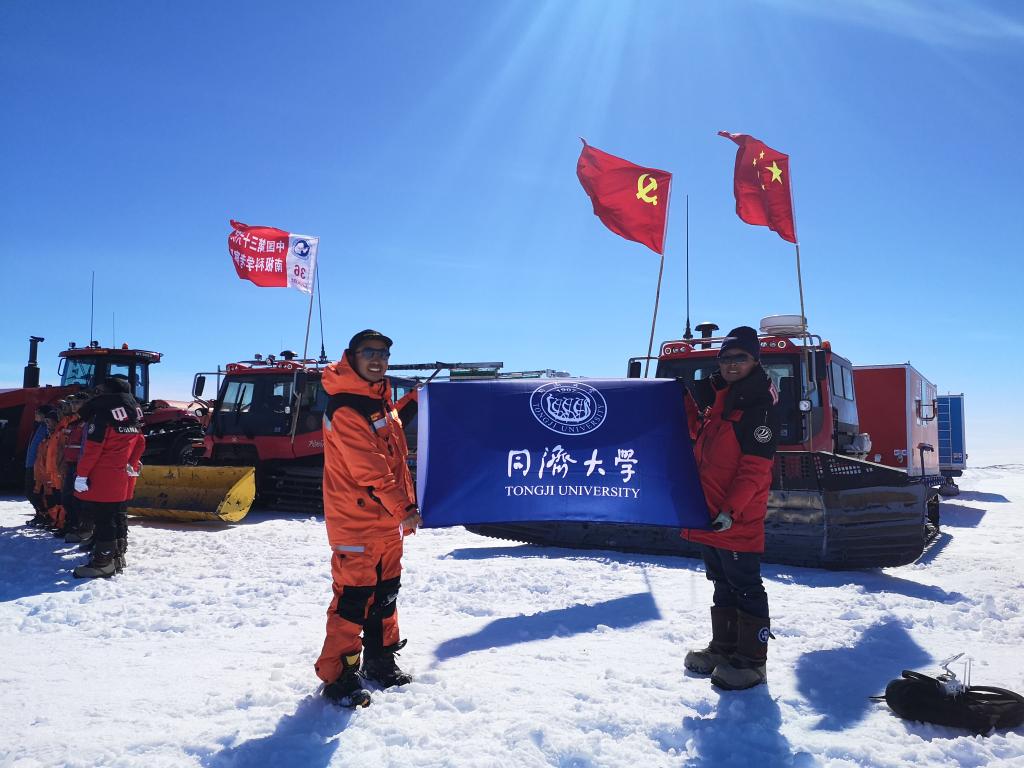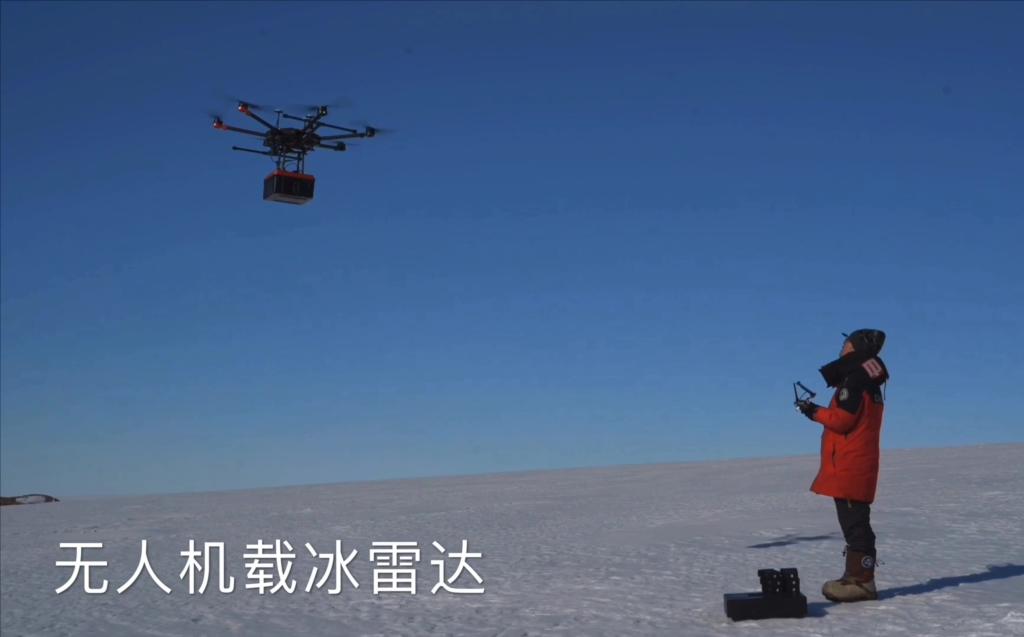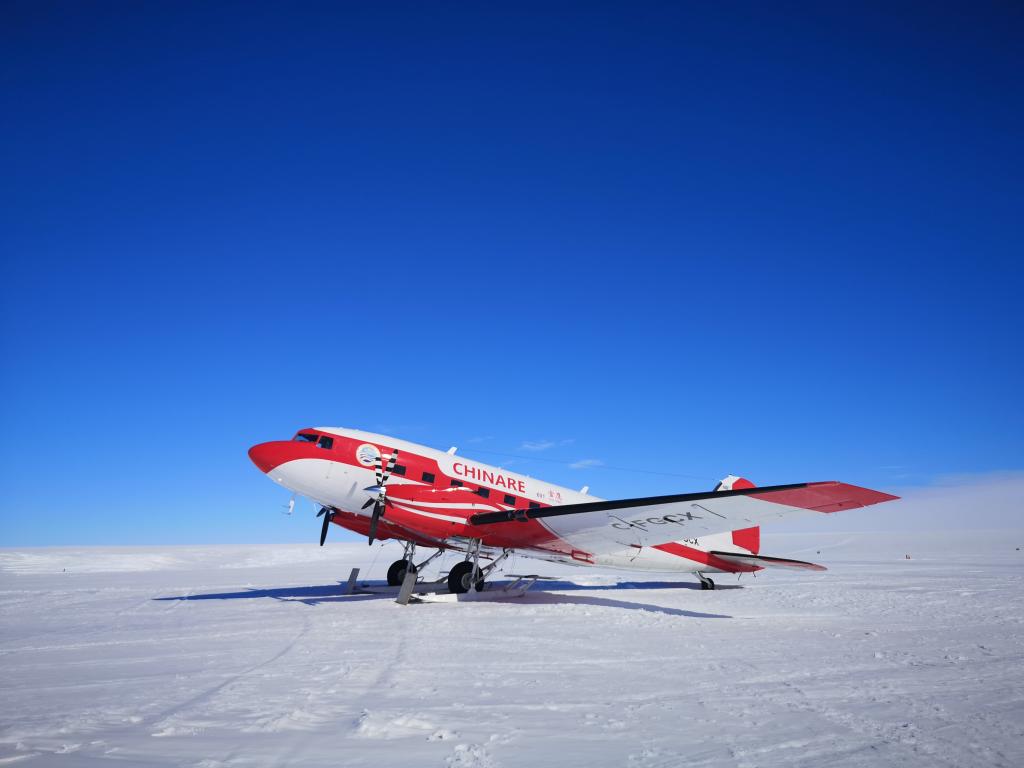On April 22, Dr. Gang Qiao and Dr. Tong Hao of College of Surveying and Geo-informatics returned to Shanghai from China’s 36th Antarctic scientific expedition. Two scholars successfully completed their scientific research tasks and arrived at the wharf of China Polar Expedition Base in Shanghai on boat of the new icebreaker Xuelong 2, which had set out for the Antarctic for the first time.

During the unloading at Zhongshan station, the remote sensing team of College of Surveying and Geo-informatics provided the Antarctic Expedition team with real-time image analysis results that helped operations of unloading goods from the ice breakers to Zhongshan station. Specific services provided include route planning of the ice breakers, safe passage detection and routes planning on sea ice from ship to station. Within the limited time they completed the tasks successfully by avoiding dense icebergs and ice cracks, and ensuring safe and quick passages. In addition, Dr. Gang Qiao and Dr. Tong Hao provided high-resolution on-site in-situ sea ice maps and ice thickness information through UAV photogrametry and UAV-borne ice penetrating radar, thus providing important information for the on-site decision-making and made important contributions to the first phase (unloading) of the 36th CHINARE expedition. At the end of the unloading phase, the expedition team sent a Thank-letter to Tongji University for their great contributions.

The main task of Dr. Qiao and Dr. Hao’s work this year is to carry out on-site observations at Zhongshan station and Taishan camp for improved estimation of Antarctic ice sheet mass balance and the associated contribution to the global sea-level rise. Among the observations are the GPS and target measurements along the CHINARE profile for validation of density, speed, elevation, and surface topography. They are also used for validation of the remote sensing products. At Zhongshan station, Dr. Gang Qiao had conducted additional observations of the UAV mapping of surface micro topography in front of Dålk Glacier. Dr. Gang Qiao won an "Outstanding Performance " award of the 36th CHINARE. This is the second time that Gang Qiao, on behalf of Tongji University, has participated in the Chinese Antarctic scientific expedition.

At Taishan camp, Professor Tong Hao had set up photon detection targets for validation of the measurements from a single photon polar altimetry satellite; carried out the Antarctic test flights of the novel UAV-borne ice penetrating radar, which provided an innovation method for the measurement of the sea ice thickness, as well as the detection of the shallow subsurface structures and crevasses; installed and maintained several angle reflectors as well as a 20-meter-long thermistor chain. The thermistor chain is currently of the largest length installed in Antarctica by China researchers, and it is able to provide continuous temperature observations. Dr. Tong Hao had also conducted a number of snow-vehicle-borne ice penetrating radar surveys and collected UAV orthomosaic imagery and digital elevation data of the 3 * 3 km area around Taishan camp.


Tongji University has been undertaking major domestic polar scientific research projects for decades, participated in many scientific expeditions of the north and south poles, obtained fruitful research results, and continuously contributing to polar scientific research in China.

Source:https://news.tongji.edu.cn/info/1003/73484.htm